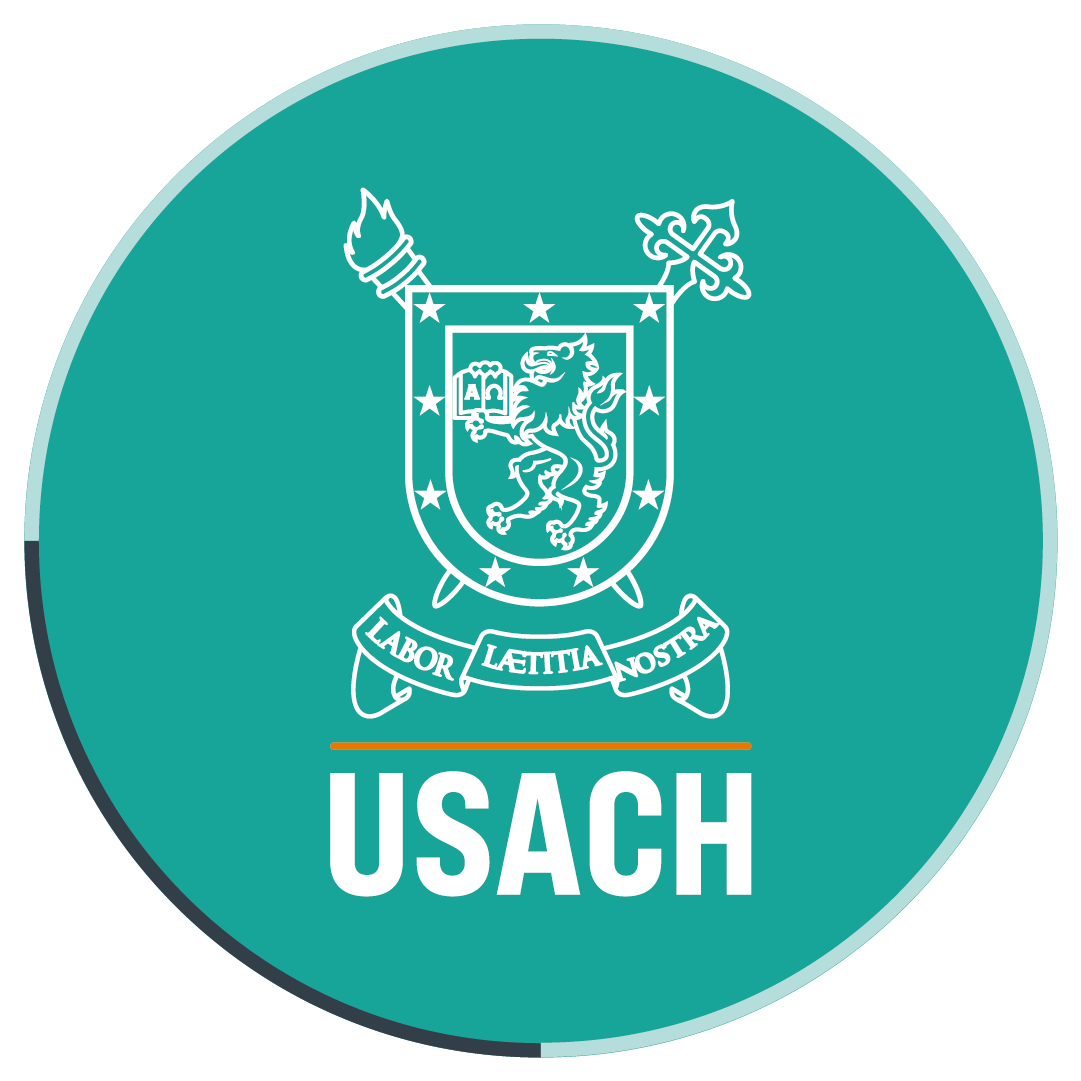Researchers study tellurium as a key element to renewable energies
A research team led by Dr Claudio Vásquez Guzmán, professor at the Department of Biology of Universidad de Santiago de Chile, proved that Antarctic bacteria are able to resist tellurium when they are exposed to oxidative stress.
Dr Claudio Vásquez, professor at the Department of Biology of Universidad de Santiago de Chile, together with his research team, proved that Antarctic bacteria are able to resist tellurium when they are exposed to oxidative stress.
Tellurium (Te) is one of the many elements in the Periodic Table. It belongs to the same chemical family as oxygen, sulfur, and selenium, which are considered essential to life. However, until now, we still do not know if this element has any biological function. For this reason, the research team of the Laboratory of Molecular Microbiology of the Faculty of Chemistry and Biology of Universidad de Santiago de Chile, led by Dr Claudio Vásquez, has studied this element for years, trying to understand the molecular basis of its toxicity.
Since 2013, Dr Vásquez and Dr José Manuel Pérez, of Universidad Andrés Bello, have worked together in the Regular Fondecyt Project N° 1130362 “Tellurite-resistant Antarctic bacteria: Unveiling new toxicant resistance mechanisms,” which was recently completed.
“The hypothesis of our project was the following: As bacteria living in the Antarctica are resistant and adapted to oxidative stress, they should be resistant to tellurite. The idea was to find super-resistant bacteria that could help to establish the usefulness of tellurium to the cell,” Dr Vásquez explained.
The idea of the project came from the observation of isolated samples collected from different places in the Chilean Antarctica. They visited the Prat and Escudero Antarctic Bases, Deception Island and Fildes Peninsula and travelled on the Almirante Óscar Viel ice-breaker of the Chilean Army, where they were able to find, isolate and describe microorganisms resistant to oxidative stress and tellurite.
Tellurium is primarily used in the manufacturing of solar cells. According to Dr Vásquez, “It is an essential part of photoelectric cells that capture sunlight and transform it into electricity.” This is the reason why this element is a potential source of energy. “Now we need to create a system to remove tellurium from the environment, because it is very scarce,” he added.
In Chile, tellurium is produced as a byproduct of the copper refining process. It settles as anode slime and it is not recovered. “If we store it and control it well, we could contribute to prevent its potentially toxic effect on the flora and fauna,” he said.
Dr Vásquez concluded by saying that Universidad de Santiago has been really important during the conduct of this study for its support and constant collaboration.

